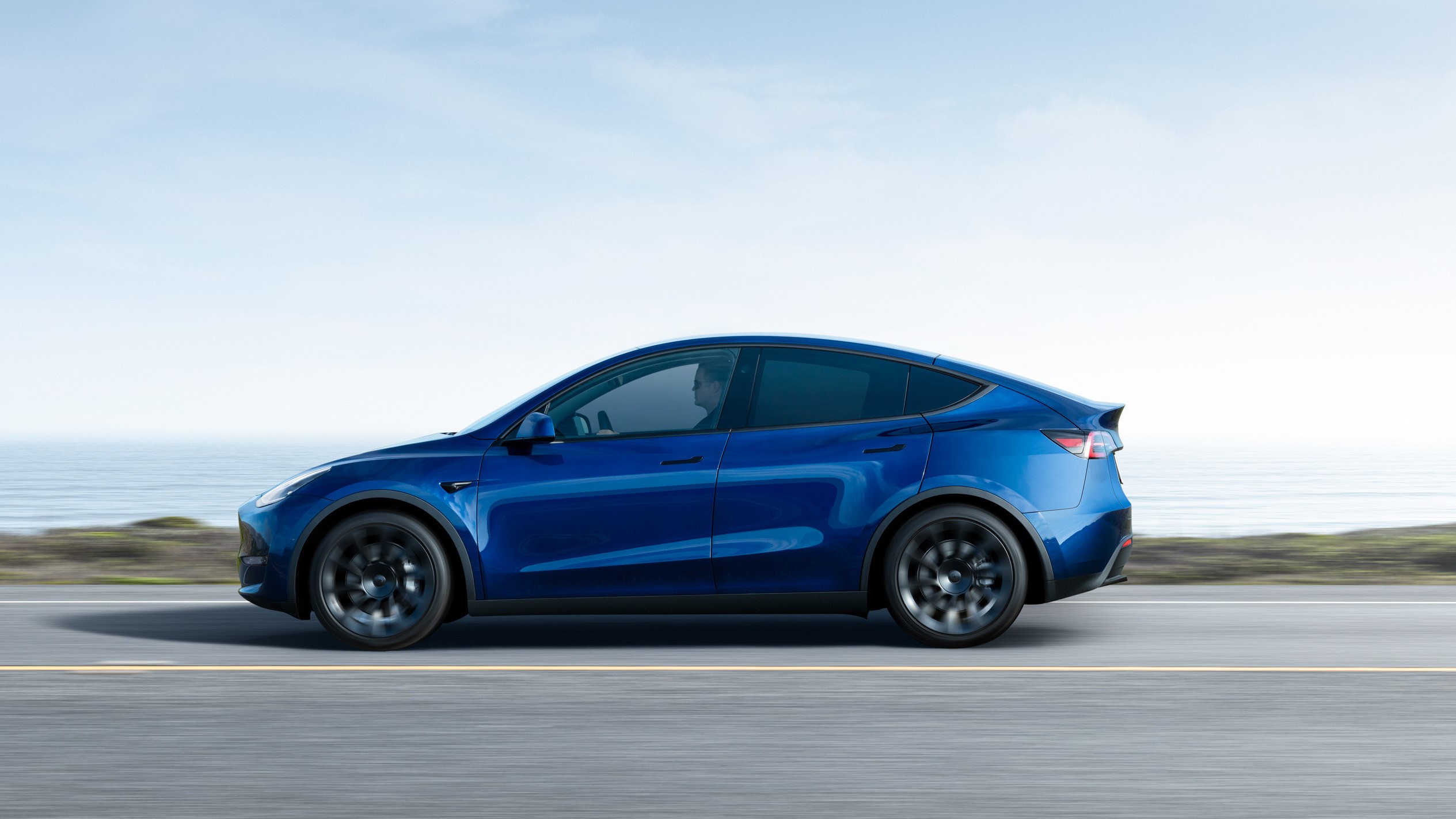
In the event of a biochemical attack, run to the nearest Tesla Model Y as its new "bioweapon defense mode" HEPA filter will be standard moving forward.
And, yes, "bioweapon defense mode" sounds a tad hyperbolic — what can we say, Elon Musk likes grandiose names. According to Tesla, when operating at full blast, this filtration has the power to protect against a biological weapon attack.
This comes from a new report from Electrek, claiming that Tesla Model Ys will have a larger HEPA filter included. The filter can remove 99.97% of fine particulate matter, anything larger than 0.01 micron (10 nanometers). This means that a Covid-positive person coughing outside a Tesla Model Y wont be able to infect passengers inside as coronavirus particulates are 0.125 micron (125 nanometers).
- Volkswagen ID.4 review
- These are the best electric cars out right now
- Plus: Crashed Teslas just got a new lease on life — here’s how
Either way, the Model Y, for all intents and purposes, will now come standard with a better filter. The HEPA filter, by comparison to other car filters, is very good. According to Tesla, it's "100 times more effective than premium automotive filters."
According to Musk, the Model 3 isn't big enough to affix a HEPA filter inside of, as it's ten times larger than a standard cabin air filter found in most cars. It also seems that HEPA filters are more expensive too. Doing a cursory Google search, a cabin air filter for a Tesla Model X costs around $75. That's quite a bit more than standard filters, which usually run in the $10-20 range.
While it's uncertain how strong of a selling point HEPA filters are for Teslas, or if you're at risk from people coughing at your car, it's likely that the upcoming Tesla Cybertruck and Tesla Model 2 will have the option for HEPA filters.
Sign up to get the BEST of Tom's Guide direct to your inbox.
Get instant access to breaking news, the hottest reviews, great deals and helpful tips.
Imad is currently Senior Google and Internet Culture reporter for CNET, but until recently was News Editor at Tom's Guide. Hailing from Texas, Imad started his journalism career in 2013 and has amassed bylines with the New York Times, the Washington Post, ESPN, Wired and Men's Health Magazine, among others. Outside of work, you can find him sitting blankly in front of a Word document trying desperately to write the first pages of a new book.

